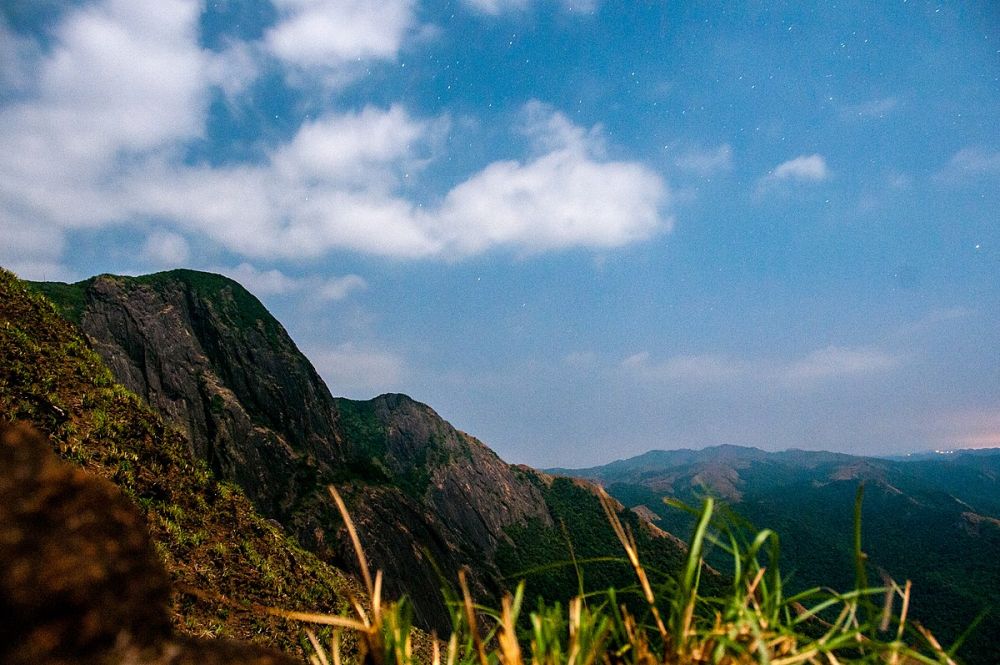

The Pushpagiri Wildlife Sanctuary is situated in the northern part of Coorg in Karnataka. This sanctuary, which expands over an area of 102.59 square kilometers, was constituted in the year 1987. It is bordered by Bisle Reserve Forest to the north and Kukke Subramanya Forest to the west, making it part of the significant Western Ghats Conservation Complex.
The history of tourism in Pushpagiri starts with its recognition as a critical area for biodiversity conservation. Over the years, it has become famous for trekking, particularly to the Kumara Parvatha hill, which is a sought-after destination for trekkers and adventure enthusiasts. The Sanctuary falls under the jurisdiction of the Somwarpete range of Forest Department of Coorg.
Initially visited by researchers and ornithologists, Pushpagiri started receiving attention from the tourism industry in the early 1990s, when the state of Karnataka began promoting its natural reserves. Over time, the sanctuary has grown in its tourism offerings with guided trekking trails, bird watching tours, and an emphasis on eco-tourism, encouraging travelers to explore the region while maintaining environmental sustainability.
Recognized for its rich flora and fauna, Pushpagiri Wildlife Sanctuary is one of the 21 Wildlife Sanctuaries in Karnataka. In 2010, this region, along with adjacent reserves, was proposed as a UNESCO World Heritage Site due to its unparalleled biodiversity. The sanctuary is part of one of the eighteen biodiversity hotspots in the world, housing many endangered and endemic species, including the threatened bird species like the Grey-breasted Laughingthrush, Nilgiri Wood-pigeon, and the Nilgiri Flycatcher.
In recent years, there has been an increase in environmentally conscious tourism within Pushpagiri. The concept of responsible tourism has become central, with visitors being given guidance on how to minimize their impact on the local ecosystem. The homestay culture has also flourished in Coorg, providing tourists with an opportunity to experience local life and contribute directly to the economy of the region.
Adventure tourism has witnessed a surge with enhanced demand for activities such as trekking, camping, and bird watching. Nature photography workshops and wildlife tours have also seen an increase in interest, bringing in a specialized tourist demographic passionate about megafauna and exotic species of the Western Ghats.
Best Time to Visit: The ideal time to visit Pushpagiri Wildlife Sanctuary is between the months of November to March, when the weather is pleasant and conducive to outdoor activities.
How to Reach: The nearest airport is at Mangalore, about 152 km away, while the nearest railway station is at Mysuru, which is approximately 146 km from the sanctuary. By road, it is well connected to major towns such as Coorg and Mysuru.
Permits and Guidelines: Visitors need to obtain permits from the forest department before embarking on treks within the sanctuary. It's essential to follow the set guidelines to preserve the sanctuary's natural habitat and wildlife.
Pushpagiri Wildlife Sanctuary continues to inspire nature lovers and remains a shining example of how tourism can thrive alongside conservation efforts. It is a unique destination, offering a mix of biodiversity and adventure that has only grown in popularity over the years.